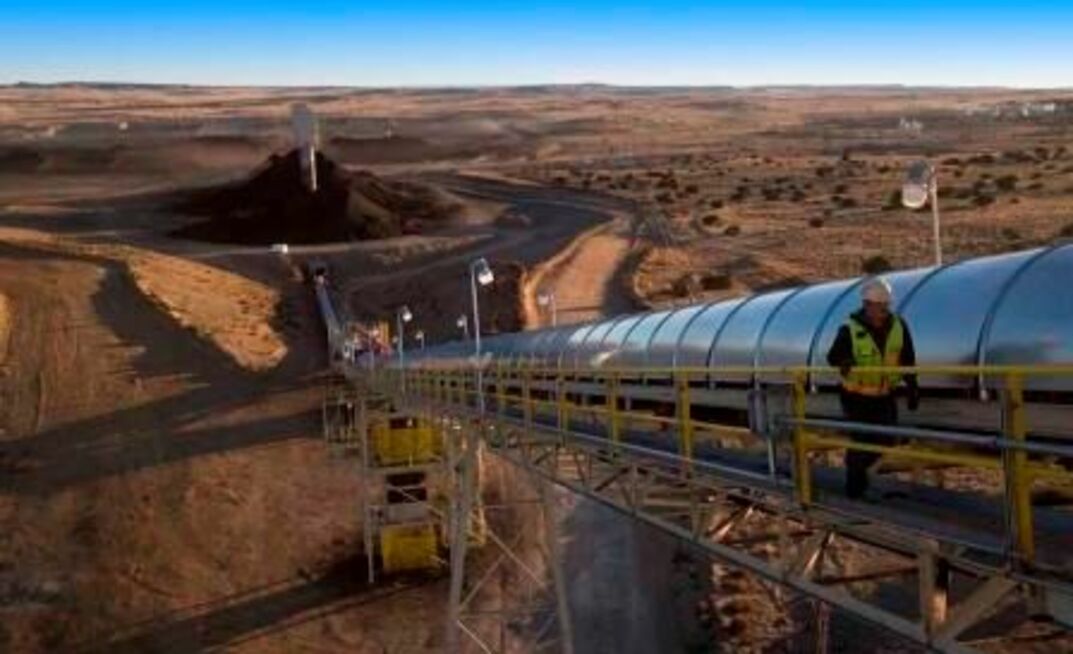In the September quarter, the company recorded revenues of $US2.06 billion, up 4% from the prior-year quarter of $1.98 million, while income from continuing operations totaled $122.9 million.
Net income fell to $42.9 million from $274.1 million year-on-year.
The company’s sales front was more promising, with third-quarter sales volumes up 6% over the same period of 2011, at 66.6 million tons. Officials said it was due to increases in the Australia and Trading and Brokerage segments.
Revenues for its Australian arm increased to $147.3 million, as volumes from expansion projects and acquired operations were up 39%. The increase offset a 13% decline in realized pricing. Shipments from the country totaled 8.5Mt, a record, comprised of 3.5mt metallurgical and 3.2Mt seaborne thermal.
It was the PRB that aided results in the US. The country’s revenues increased just 1% over 2011 to $1.1 billion on higher shipments from the western coalfields as well as higher realized pricing.
“The Peabody team delivered strong third quarter results, as expanded US margins, record Australian volumes and aggressive cost control largely offset price declines in Australia," Peabody Energy chairman and chief executive officer Gregory Boyce said.
“Peabody remains focused on significant cost containment and capital discipline activities and expects to realize the benefit of these programs over the next year. While the global coal environment remains challenged, there are indications that markets are stabilizing through US gas-to-coal switching, higher European coal-fueled generation and increased China infrastructure spending.”
Operationally and from a cost perspective, Peabody confirmed it is still working aggressively to manage its costs, and it was able to decrease operating costs per tons year-on-year in both the U.S. and Australia.
Additionally, the producer has identified about $100 million of annual overhead and other cost savings, which it said came from staff reductions, lower outside services spending and the elimination of contractors globally.
In Australia, Peabody is wrapping up several projects, though some others in the earlier stages have been deferred.
Those which will advance include the owner-operator status conversion at the Wilpinjong and Millennium mines, on which is has eyed April 2013.
It is also continuing work at the Metropolitan mine modernization, undergoing upgrades to its facilities to improve productivity.
The extension and expansion at the Burton complex is coming to a close, and increased production from the project is coming in the fourth quarter; at the same time, the installation of top coal caving technology and prep plant upgrade at the North Goonyella high-quality met coal mine is expected to be finished by the end of next year.
The Eaglefield mine life has advanced, as have corrective actions at its Coppabella and Moorvale mines which should be mostly completed in 2012.
Looking ahead, Peabody officials said full-year 2012 earnings before interest, tax, depreciation and amortization will range between $1.75 billion and $1.85 billion. A couple of factors will play into the projections, including two longwall moves during the fourth quarter as well as the continued environment of lower volumes from US operations.
It also said the range will be impacted by higher royalty rates in Australia and lower average realized pricing.
Whole-year, sales projections are between 240-250Mt, including 31-33Mt from Australia and 188-192Mt from US mines.
It maintained its metallurgical coal sales target of 13-14Mt and seaborne thermal coal sales of 11-12Mt this year.
























